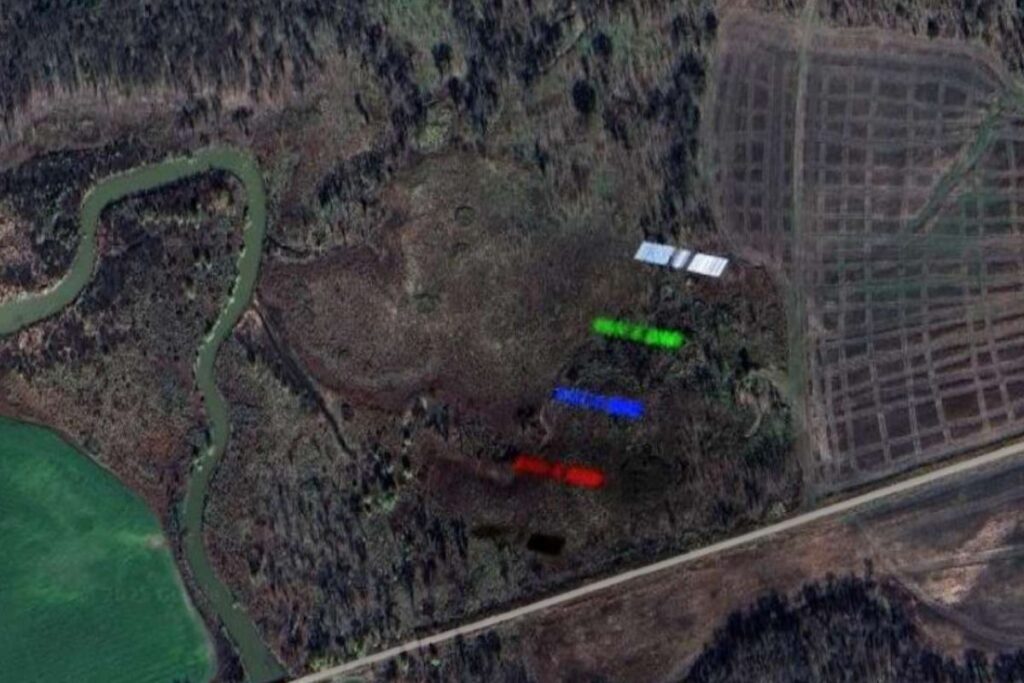A remarkable discovery on Google Earth shows a Starlink communications satellite crossing in front of an Earth observation satellite over Texas, offering insights into our crowded orbital environment. The image, taken by the French Pleiades satellite, showcases the complex imaging process that separates different spectral bands, creating a rainbow effect due to the different speeds of satellites and cameras.
This event highlights SpaceX’s Starlink satellites in their fully deployed configuration, revealing a 30-meter wingspan for the first time, compared to the compact launch position typically shared by SpaceX. While tracking data suggests the presence of both Starlink and Chinese satellites, the exact identification remains probabilistic.
The incident underscores the increasing congestion in orbit, with over 10,000 active satellites, including more than 7,000 Starlink satellites, complicating the operations of high-resolution imaging platforms. This growing orbital clutter presents challenges for astronomers, with reports of light pollution and interference from satellite reflections affecting telescopes like Hubble.
Experts predict that as more mega-constellations are deployed, such photobombing incidents will become more common. Solutions being explored include advanced tracking systems, darker coatings for satellites, and scheduling algorithms to mitigate interference. The Texas event serves as a case study, signaling the need for innovative strategies to navigate the complexities of our expanding presence in space.
Source link


